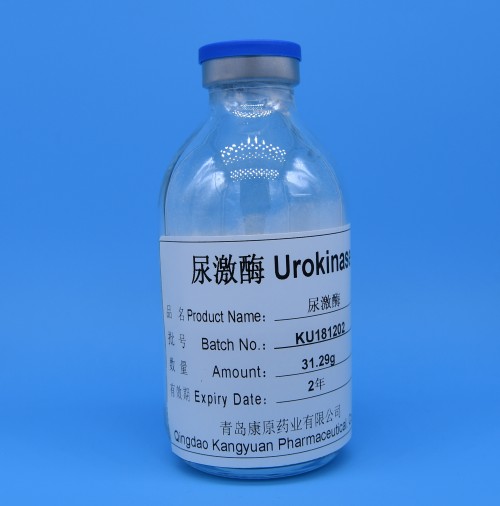1. Before urokinase for injection, hematocrit, platelet count, thrombin
time (TT), prothrombin time (PT), and activated partial thromboplastin time
(APTT) should be measured in the patient. TT and APTT should be less than 2
times longer within the range.
2. During medication, patients' reactions should be closely observed, such
as pulse rate, body temperature, respiratory rate, blood pressure, bleeding
tendency, etc., and recorded at least once every 4 hours.

3. During intravenous administration, puncture is required to be successful
once to avoid local bleeding or hematoma.
4. During the administration of arterial puncture, pressure should be
applied to the puncture area for at least 30 minutes after the administration,
and then pressurized and bandaged with sterile bandage and dressing to avoid
bleeding.
5. Urokinase for injection will increase the risk in the following
situations, and should be used with caution after weighing the advantages and
disadvantages:
(1) Patients who delivered within the last 10 days, underwent tissue
biopsy, venipuncture or major surgery, and patients with severe gastrointestinal
bleeding.
(2) Patients at high risk of left ventricular thrombosis, such as mitral
stenosis with atrial fibrillation.
(3) Patients with subacute bacterial endocarditis.
(4) Patients with bleeding tendency or coagulation disorder secondary to
liver and kidney diseases.
(5) Pregnant women, cerebrovascular disease, and diabetic hemorrhagic
retinopathy.
Above is the relevant content summarized by Kang Yuan's editor. If you want
to know more, please follow us. We will update you regularly about Human
Chorionic Gonadotropin, Human Menopausal Gonadotropin supplier, Urofollitropin
price, Urokinase manufacturer, Hormone API manufacturer.